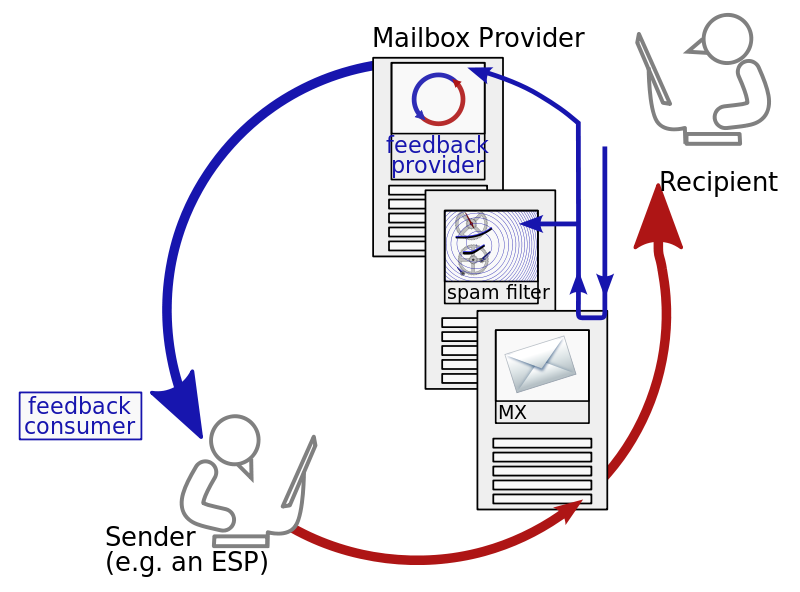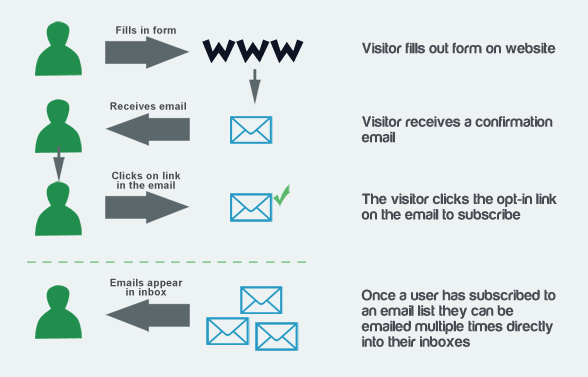Lesson 10, Future of Email
The Future of email has already arrived – in part because i was meant to post this 2 years ago 🙂
Last year we heard several discussions regarding trusting senders, security and their performance. Several ISPs started implementing TLS encryption, see here to read more about this technology. As discussed in previous articles its now far from safe to send emails as plain text, extra measures are needed in order to protect the flow of data.





